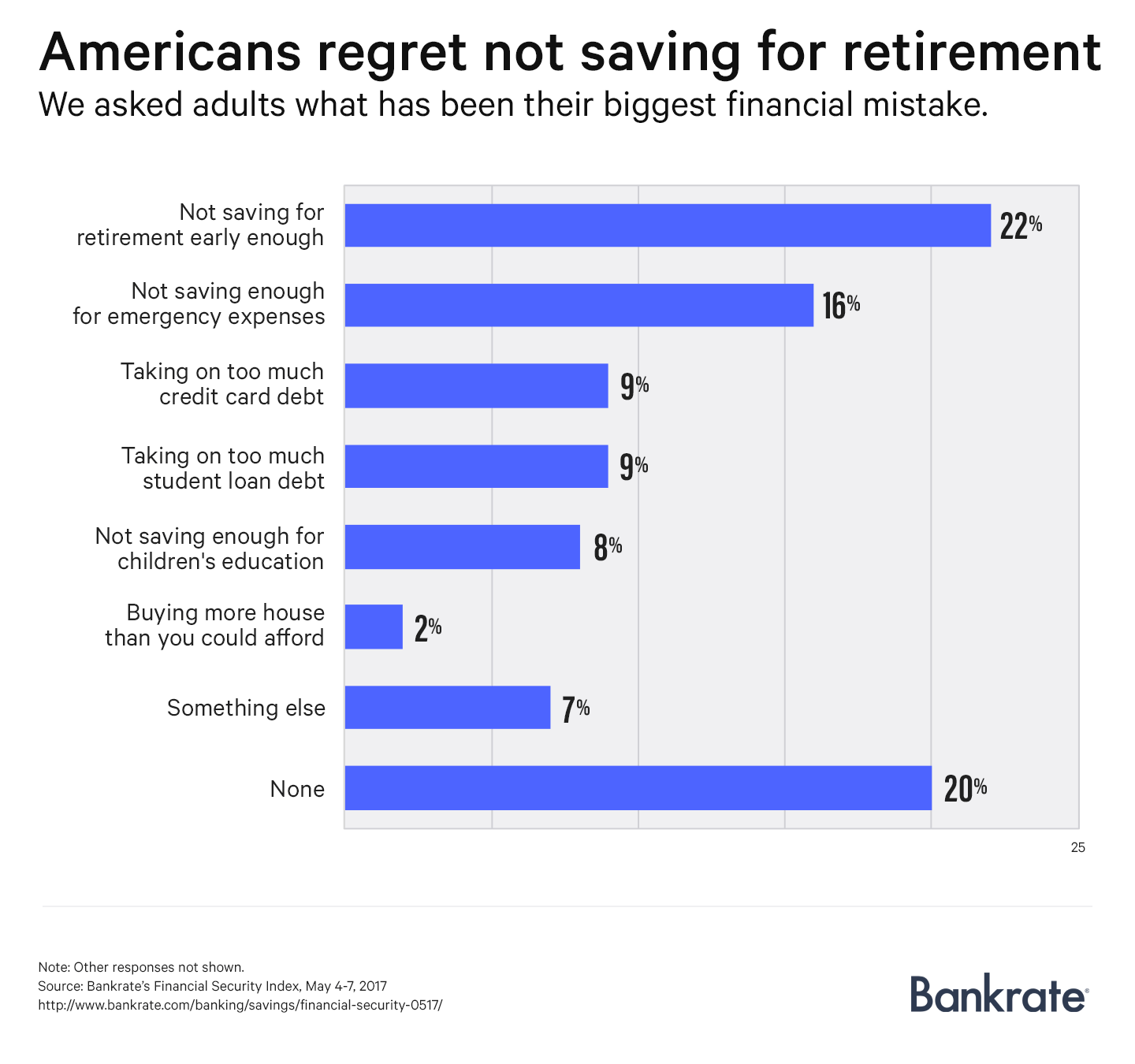Why lending that is predatory therefore common
An incredible number of families whom simply just take away payday and automobile name loans face inadequate resources to produce ends satisfy from thirty days to month. Many of these loans are widely used to handle recurring economic shortfalls instead than certain emergencies. Women and individuals of color are more inclined to sign up for an online payday loan: 52 % of pay day loan borrowers are ladies, and African Americans are far more than doubly prone to just take away that loan in accordance with other demographic teams. This disparity is reflected in not just gaps in wages and wide range but in addition the aggressive clustering of payday loan storefronts in African American—as well as Latino—neighborhoods.
Stagnant wages and a wealth gap that is growing
Despite increases in worker efficiency in the us, wages have mainly remained stagnant because the mid-1970s. Apart from a quick amount of development when you look at the 1990s, middle-class wages have actually mainly stalled within the last 40 years. Stagnant wages, in change, have placed families at an increased risk of falling out in clumps of this class that is middle 1 / 2 of all People in america are projected to have one or more 12 months of poverty or near-poverty within their lifetimes. The federal minimum wage—unchanged at $7.25 each hour for the previous six years—has lost nearly one-quarter of their value since 1968 whenever modified for inflation. The growth of the on-demand economy has led to unpredictable work schedules and volatile income among low-wage workers—a group disproportionally made up of people of color and women to compound stagnant wages. a week that is slow work, through no fault of this worker, may end up in an incapacity to generally meet fundamental, instant expenses.
Years of wage stagnation are in conjunction with a growing wide range space that will leave families less in a position to fulfill crisis requirements or conserve for future years. Between 1983 and 2013, the median web worth of lower-income families declined 18 percent—from $11,544 to $9,465 after adjusting for inflation—while higher-income families’ median worth that is net $323,402 to $650,074. The wealth that is racial has persisted too: The median web worth of African US households in 2013 ended up being just $11,000 and $13,700 for Latino households—one-thirteenth and one-tenth, correspondingly, associated with the median web worth of white households, which stood at $141,900.
Alterations in credit availability, motivated by lobbying
Along with changing economic climates, alterations in making use of credit additionally contributed towards the payday lending industry’s development. During the early 2000s, then-bankruptcy professor Elizabeth Warren—now the democratic U.S. senator representing Massachusetts—documented the increase in credit rating as an easy way for families to maintain with decreasing genuine wages, with sometimes damaging consequences. Alterations in legislation and legislation fostered this rise. The U.S. Supreme Court’s 1978 Marquette nationwide Bank of Minneapolis v. to begin Omaha provider Corp. decision restricted states’ ability to cap rates of interest for out-of-state banks, negating state rate of interest caps, and had been strengthened by subsequent legislation that emphasized the capability of nationwide banking institutions to create prices. Due to the fact industry expanded within the 1990s, payday lenders either exploited loopholes or motivated allowing legislation that will allow exceptions to price caps.
As an example, Ohio passed legislation in 1995 to exempt lenders that are payday state usury caps, as well as its industry expanded from 107 payday loan provider locations in 1996 to 1,638 areas in 2007, increasing a lot more than fifteenfold in only 11 years. Nationwide, the industry expanded from practically nonexistent to roughly 25,000 places and much more than $28 billion in loan amount between 1993 and 2006. While Ohio legislators attempted to reverse program in 2008—ultimately 64 % of Ohio voters supported a 28 per cent rate of interest limit in a referendum—the that is statewide Supreme Court upheld a loophole in state legislation that permitted lenders in which to stay company. Overall, industry campaign efforts during the federal and  state amounts, plus lobbying that is federal, between 1990 and 2014 surpassed $143 million after adjusting for inflation, all into the solution of creating or maintaining these dangerous items appropriate despite general general general public opposition.
state amounts, plus lobbying that is federal, between 1990 and 2014 surpassed $143 million after adjusting for inflation, all into the solution of creating or maintaining these dangerous items appropriate despite general general general public opposition.
